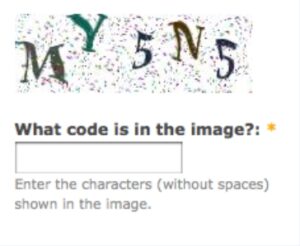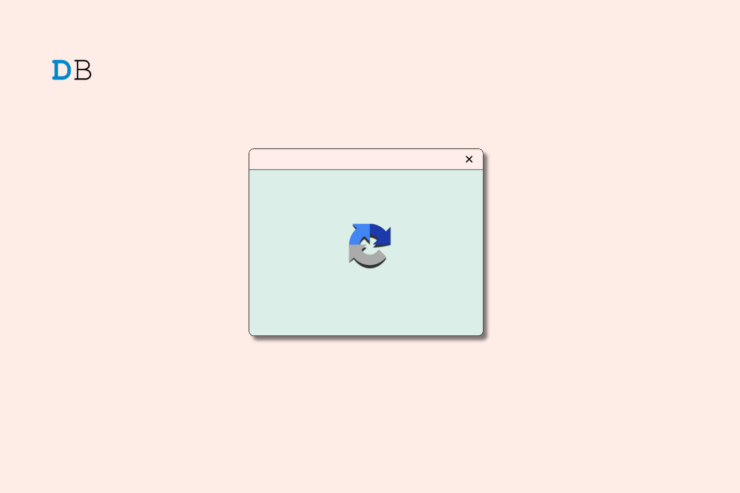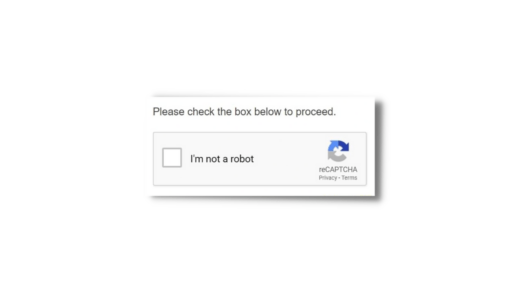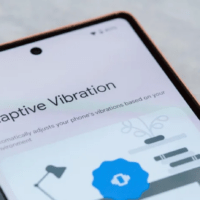While surfing one or more sites on the web, you must have come across the “I’m not a robot” checkbox. It is a reCAPTCHA that sites implement to authenticate that humans and not bots carry out certain actions on the site. CAPTCHA stands for Completely Automated Public Turing Test to Tell Computers and Humans Apart.
When you submit a Google form or try logging into your account, a site or app will throw a reCAPTCHA on the screen. You have to solve puzzles such as selecting the specific part of a picture consisting of similar objects. Also, you must follow up the puzzle by ticking off the checkbox declaring that you are not a robot.
Sounds very easy, right? (in fact, it is easy to solve a reCAPTCHA). For some, it would be partly annoying to spend time on the CAPTCHA puzzle. Tech-savvy folks would wonder, how an intelligent robot cannot solve this simple puzzle. There lies a twist in the working of a reCAPTCHA. This article explains why robots cannot check the “I’m not a robot” or solve the reCAPTCHA.
What is reCAPTCHA and how is it Different from CAPTCHA?
CAPTCHA was the earliest form of authentication that asked humans to enter a hard-to-read string. reCAPTCHA is a form of CAPTCHA. Google owns reCAPTCHA Inc.

The first version of reCAPTCHA was retired back in 2018. Currently, there are three forms of Google reCAPTCHA. They are reCAPTCHA V2 I’m not a robot, reCAPTCHA Invisible, and reCAPTCHA V3.
It would help the site differentiate between the automation bot and human users. This was to prevent robots from gaining unauthorized access to an account to cause any cyber attack or performing a specific action that was supposed to be carried out by a human.
![]()
reCAPTCHA on the other hand uses the picture puzzle format. A complete picture is composed of square blocks. You have to select square tiles that have something similar.
Once you select the tiles, press the “I’m not a robot” checkbox to complete the authentication. If you make mistakes, a new puzzle will appear with new instructions. That’s what convinces the interface that the person on the other side is human-like or human.
You must complete the puzzle and tick off the “I’m not Robot” to complete the process of authentication.
Why Robots Cannot Solve the reCAPTCHA?
The awesome thing about reCAPTCHA is not clicking the “I’m not a robot” box. It is the way humans solve the puzzle/tick the checkbox that matters. The action sets the difference between how a human and a robot would behave in a certain situation.
The website on which the reCAPTCHA puzzle appears observes and records a lot of information apart from the action you perform by clicking the “I’m not a robot” checkbox or solving the picture puzzle.
Humans are flawed by nature which means your actions would be random. When the reCAPTCHA page loads, you will first spend some time seeing and understanding the puzzle.

There is a specific way in which you will move the mouse pointer. Also, the site will record the keystrokes or clicks you make. It will vary from one person to another which is natural as human behavior occurs randomly.
Compared to this, a robot or bot will act perfectly and have a linear approach to executing a function. It would instantly solve the picture puzzle that a human would take a few minutes to complete or even make mistakes.
If we automate a bot to click the “I’m not a robot” box, it can execute that in a way that will convince the site that the action was not performed by a human.
Robots are not human and hence they cannot mimic the human tendency of flawed approach towards doing a thing. Also, the way one human would behave on a reCAPTCHA page will differ from another human user.
Other factors like time taken by the page to load, cookies, IP address, screen resolution, etc are taken into consideration to decide whether the reCAPTCHA challenge was completed by a human or robot. All these factors will vary from one human user to another.
Exceptions When Bots Could ByPass a reCAPTCHA Challenge
One could question that isn’t it possible to use the data collected from a reCAPTCHA page and train robots to solve the CAPTCHA or the puzzles.
Machine learning keeps advancing at a rapid pace to automate the technology all around and solving Captchas would be a cakewalk for the bots.

It is possible and in 2023 CHATGPT bot could successfully solve the reCAPTCHA challenge. Even back in 2009, there were studies done that showed a success rate of 18 percent when bots attempted to solve the CAPTCHA.
There are various other claims regarding bots being able to solve CAPTCHA challenges with upto 90 percent accuracy.
In most cases of real-life applications, bots cannot solve the reCAPTCHA. The flawed and random human behavior sets the difference between robots and humans thus allowing the sites to authenticate an action correctly.
Bottom Line
I hope this guide cleared out your doubts about how reCAPTCHA works and whether bots could crack the challenge. Though reCAPTCHAs are mostly effective in authenticating humans, in the future, machine learning may open new ways for robots to pass the CAPTCHA puzzle.
Also, this may result in reCAPTCHA challenges focusing more on improving the human recognition challenges to prevent AI from imitating and circumventing the human behavioral pattern.
If you've any thoughts on Why Can’t Robots Check “I’m not a Robot” reCaptcha Box on Website?, then feel free to drop in below comment box. Also, please subscribe to our DigitBin YouTube channel for videos tutorials. Cheers!







